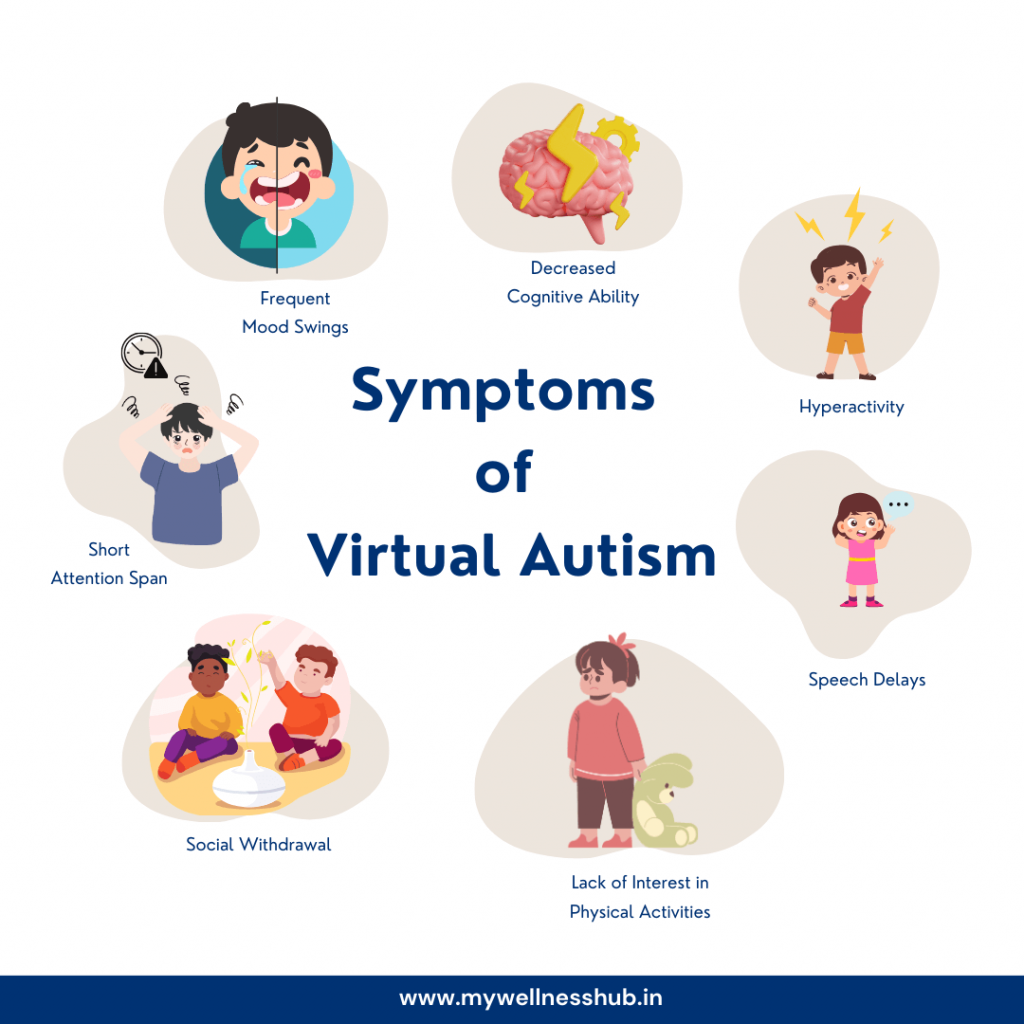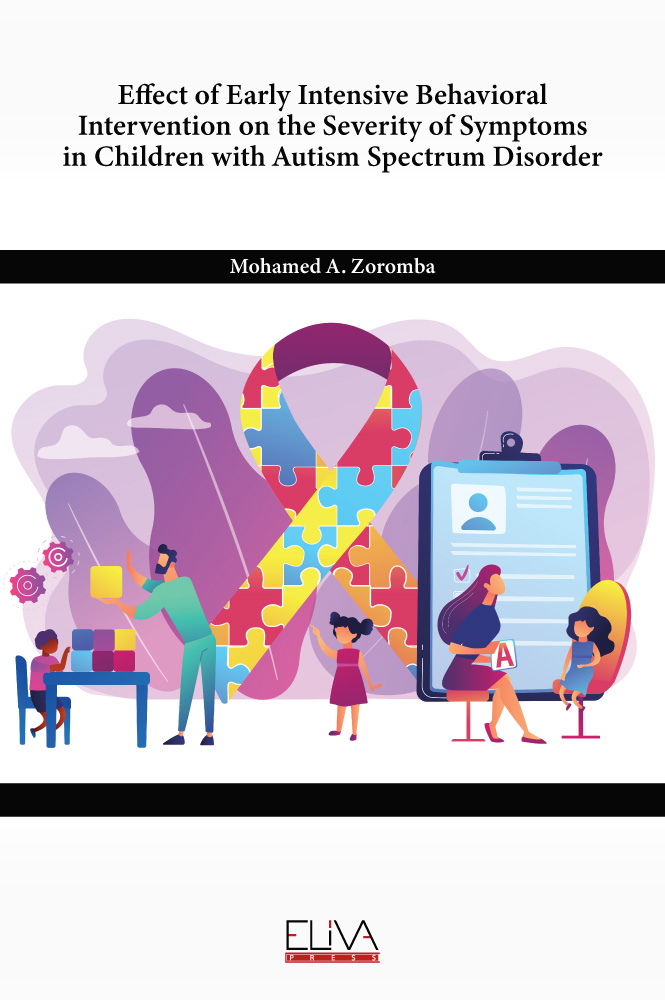How an Autism Therapist can enhance daily routines for those on the autism spectrum
How an Autism Therapist can enhance daily routines for those on the autism spectrum
Blog Article
Comprehending the Influence of Behavioral Autism on Daily Life and Social Interactions
You might not realize how deeply behavioral autism influences daily life and social communications. People on the range frequently navigate a globe full of interaction difficulties and sensory overload. These obstacles can lead to frustration and isolation, impacting their connections and total well-being. Understanding these nuances is important for fostering encouraging environments. What methods can we implement to develop even more comprehensive areas and purposeful links? The responses could shock you.
Defining Behavioral Autism and Its Attributes
Behavior autism, usually referred to as autism spectrum condition (ASD), includes a series of problems defined by obstacles in social interaction, interaction, and repeated habits. You might observe that individuals with ASD typically battle to translate social signs, which can result in misunderstandings in discussions. They might find it hard to establish eye contact or take part in tiny talk, making social circumstances feel overwhelming.
Interaction difficulties can materialize in various ways, from postponed speech advancement to a choice for making use of fewer words. Repeated actions, such as hand-flapping or shaking, can offer as coping systems to manage stress and anxiety or sensory overload. These qualities can profoundly influence life, making it essential for you to comprehend and sustain those with ASD. By recognizing these attributes, you can cultivate a setting that advertises approval and motivates efficient communication, helping people with autism thrive in their day-to-day communications.
The Range of Autism: Recognizing Variability in Habits
Autism spectrum problem (ASD) isn't a one-size-fits-all diagnosis; it varies widely amongst individuals. You may come across people who are highly verbal and engage quickly in discussions, while others may choose solitary tasks or interact non-verbally.
In addition, the method people with ASD respond to sensory input can differ considerably; some could be overwhelmed by loud noises or brilliant lights, whereas others thrive in boosting settings. The spectrum also includes differences in social interactions; some people might struggle to interpret social cues, while others browse social settings with loved one ease. Comprehending this variability is vital, as it helps you appreciate each individual's special experience and dressmaker support to their certain needs, promoting a more inclusive atmosphere for every person.
Interaction Challenges Encountered by Individuals With Autism
When you communicate with people on the autism spectrum, you might notice their special interaction challenges. They frequently encounter problems with both nonverbal and verbal cues, which can affect their social communications. Recognizing these obstacles is important for fostering far better connections and assistance.

Verbal Interaction Difficulties
Several individuals on the autism spectrum experience verbal interaction troubles that can substantially impact their daily communications. You may find it testing to reveal your thoughts, sensations, or needs clearly. This can lead to frustration for both you and those around you, as misunderstandings occur. You may have a hard time with starting discussions, preserving a subject, or recognizing subtleties in speech. Typically, you could favor making use of simple language or repeated expressions, which can limit your ability to participate in deeper discussions. Your quantity, tone, or pace might not align with social assumptions, triggering others to misunderstand your objectives. Identifying these challenges can assist you and your assistance network develop techniques to enhance communication and cultivate much better links with others in your life.
Nonverbal Interaction Barriers
Spoken interaction isn't the only difficulty individuals on the autism range face; nonverbal interaction barriers can be just as significant. These difficulties can lead to misunderstandings or false impressions of social hints, making communications feel complicated or overwhelming. By addressing nonverbal communication, you can discover techniques to boost your social experiences and improve your total top quality of life.
Social Interaction Influences
Social communications can frequently feel overwhelming because of the special interaction obstacles encountered by individuals with autism. You might battle with interpreting social hints, making it difficult to comprehend mockery or body language. This can lead to misunderstandings or awkward minutes in discussions. Additionally, initiating and maintaining discussions might feel challenging, triggering anxiety in social scenarios. You may favor organized atmospheres, making spontaneous interactions uneasy. It's also usual to experience problem in involving in little talk, which can impede creating brand-new relationships. Acknowledging these difficulties can help you find methods to enhance interaction, such as exercising social skills in secure setups or making use of visual help - Autism Therapist. Comprehending your demands allows you to browse social interactions with better self-confidence and simplicity.
Social Interaction and Partnership Building in Autism
While building relationships can be testing for people with autism, understanding their one-of-a-kind viewpoints and interaction designs can cultivate purposeful links. You could discover that many people on the spectrum favor direct communication and may struggle with social hints or navigate here tiny talk. By being straightforward in your interactions, you can aid develop an atmosphere where they feel comfortable.
Involving in shared passions can also offer as a bridge to much deeper links. Whether it's a hobby, a preferred show, or a mutual passion, these common strings can open doors to relationship.
Life Regimen: Navigating Strategies and obstacles
Maneuvering daily life routines can be especially testing for individuals with autism, especially when unexpected adjustments happen. You may find convenience in having an organized schedule, as it assists you anticipate what's following. It's normal to feel nervous or overwhelmed when interruptions take place. To browse these challenges, think about executing visual routines or lists. These devices can provide clearness and confidence.
Establishing a regimen that includes sensory breaks can additionally be advantageous. This helps create an understanding atmosphere.
Finally, technique mindfulness strategies to manage stress and anxiety and anxiousness. Easy breathing workouts or basing techniques can make a significant distinction. By integrating these strategies, you can boost your daily regimen and minimize disruptions, making life feel extra convenient.
Toughness and Capacities of People on the Autism Range
Understanding daily life regimens is just one facet of the autism experience. Many individuals on the autism spectrum possess amazing toughness and abilities that establish them apart.
Additionally, your memory abilities typically radiate, specifically in locations of passion. Autism Therapist. This flair for maintaining details can make you a useful source in areas like art, technology, or science. You may likewise show solid visual thinking, enabling you to picture complicated concepts and resolve issues creatively
In addition, your special perspective on the globe can cultivate compassion and understanding in others, enhancing social communications. Accepting these strengths not only increases your self-confidence however also aids others appreciate the diverse abilities you bring to the table.
Creating Inclusive Settings for People With Autism
Developing inclusive environments for people with autism begins with creating sensory-friendly areas that cater to their one-of-a-kind requirements. You can likewise cultivate chances for social interaction, assisting to develop connections and friendships. By making these changes, you'll contribute to an extra inviting environment for everybody.
Designing Sensory-Friendly Spaces
While creating sensory-friendly areas, it's vital to mirror on the one-of-a-kind demands of people with autism. Include peaceful areas where people can pull away and charge when overwhelmed. Consist of visual timetables or clear signage to assist individuals browse the area with confidence.
Promoting Social Communication Opportunities
Creating sensory-friendly rooms not only addresses private comfort yet additionally establishes the stage for significant social communications among people with autism. To advertise these interactions, create inclusive environments that invite engagement. Arrange organized tasks, like art classes or team video games, that urge collaboration without frustrating sensory input. Use visual help and clear communication to assist everybody engage pleasantly. Urge peer mentoring, pairing people with autism with supportive peers who can assist them via social scenarios. Additionally, consider organizing normal community occasions that commemorate neurodiversity, promoting acceptance and understanding amongst all individuals. By carrying out these techniques, you can boost social opportunities, assisting individuals with autism develop friendships and enhance their social abilities in a secure, welcoming atmosphere.

Regularly Asked Questions
Just How Can Friends Support A Person With Behavioral Autism?
You can sustain a close friend with behavioral autism by being individual, listening actively, and appreciating their borders. Take part in tasks they take pleasure in, communicate openly, and develop a comfy environment where they feel valued and comprehended.
What Resources Are Available for Moms And Dads of Kid With Autism?
You can discover numerous resources for moms and dads of youngsters with autism, including support system, instructional internet sites, and local community services. Attaching with other parents can also provide beneficial understandings and shared experiences to help navigate difficulties.
Can Behavioral Autism Change Over Time?

Yes, behavior autism can alter over time. You could notice shifts in interaction, social abilities, and habits as your kid expands. Early treatment and support visit commonly play crucial roles in these developing see this website changes.
How Do Sensory Level Of Sensitivities Influence Every Day Life?
Sensory sensitivities can make daily experiences frustrating. You may battle with loud sounds or intense lights, leading to stress or evasion. Discovering atmospheres that accommodate your requirements can significantly improve your convenience and overall day-to-day live.
What Prevail Misconceptions Regarding Behavioral Autism?
You could think behavioral autism only influences interaction skills, yet it's more facility. Several assume people lack empathy or intelligence, which isn't real. Recognizing these false impressions helps foster approval and support for those on the range.
Behavior autism, often referred to as autism spectrum condition (ASD), includes an array of conditions characterized by challenges in social communication, communication, and recurring habits.Social interactions can often feel frustrating due to the special interaction challenges encountered by individuals with autism.Creating sensory-friendly spaces not only addresses private convenience but likewise establishes the phase for purposeful social communications amongst people with autism. Motivate peer mentoring, pairing individuals with autism with helpful peers that can lead them through social scenarios. By executing these approaches, you can boost social possibilities, assisting people with autism develop friendships and reinforce their social abilities in a secure, welcoming atmosphere.
Report this page